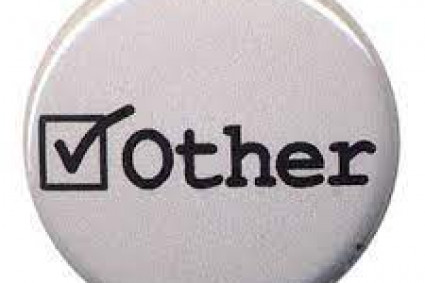
Introduction:
The digitization of embroidery is a skill which requires a high level of precision and skill, especially when dealing in multi-color design. The overlap of stitches can result in unneeded bulk, create distortions in designs, and may even harm fabrics. For a perfect result, mastering the art of digitizing without overlaps is essential.
In this article, we’ll guide you through the best methods to digitize embroidery in multicolor designs, such as avoidance of overlaps, optimizing different types of stitch, and ensuring smooth transitions between shades. No matter if you are just starting out or a seasoned digitizer, these guidelines will help you make high-quality embroidery designs.
Understanding Overlaps in Embroidery Digitization
Before we get into solutions, we need to know what overlaps are when it comes to digitizing embroidery.
What Are Overlaps?
Overlaps happen when stitches of different colors or sections are stacked on top of one another. While some overlapping is essential to connect stitch sections, overlaps with excessive overlapping can lead to:
Uneven and thick embroidery
Production time and threads wasted
The difficulty in getting clear details
Fabric puckering has increased
Why Avoid Overlaps in Multicolor Embroidery?
When working with designs that are multicolored, eliminating excess overlaps is crucial to ensure smooth transitions and prevent thread breaking. The objective is to maximize each layer, while preserving the depth and coverage.
Step-by-Step Guide to Digitizing Multicolor Embroidery Without Overlaps
1. Plan Your Design with Layering in Mind
A well-planned approach to digitizing prior to digitizing is essential to avoid overspreading. Take these steps:
Analyze the Design: Determine the areas where colors overlap and what modifications are required.
Sequence Your Colors Smartly: It’s best stitching from foreground to background to keep a structured method of layering.
Use Underlays Wisely: They provide stability but should be kept to a minimum in order to avoid excessive volume.
2. Optimize Stitch Types For Seamless Transitions
Different stitch types impact the way that overlaps are interpreted in embroidery. Here’s how you can choose wisely:
Satin Stitches: It can be used for delicate details, but may create overlap if they’re too thick. Pull compensation is used to adjust the width of the stitch.
Fill Stitches: Ideal for large areas, but they should be constructed with angled edges to avoid excessive overlap.
Running Stitches: They are best to be used for outlining, but don’t be overlapping with other stitches that are dense.
3. Adjust Stitch Density to Reduce Bulk
Overlapping can result in an excessive amount of stitch, which leads to poor quality embroidery. To avoid this:
Reduce the density of stitching in the areas where two colors touch.
Make use of gradient density techniques to create smooth transitions.
Check your design by using the embroidery software before putting it into production.
4. Use Knockdown Stitches For Multicolor Stability
When working on stretchy or textured fabrics, the knockdown stitches to keep the embroidery flat and help prevent over-laps.
Install a low-density overlay under specific areas.
Check that the stitches used for knockdown do not hinder the design.
5. Optimize Color Transitions with Proper Pathing
Pathing refers specifically to the order that stitching is laid out. To avoid overstitching:
Utilize a logic-based stitch pattern that minimizes the number of jumping between colors.
Make sure that each section is connected easily to avoid obvious gaps.
Examine color mixing techniques to achieve seamless shading.
6. Test and Refine Your Digitized Design
Before finalizing your digitized design:
Run a virtual stitch-out using digitizing software.
Examine scrap fabric to determine if there are any mistakes.
Make any adjustments to gaps, stitch density, or issues with pathing prior to production.
Best Embroidery Digitizing Software For Multicolor Designs
Here are a few of the most effective tools that can assist in digitizing embroidery for multi-colored designs:
Wilcom Embroidery Studio — advanced tools to optimize stitch.
Hatch Embroidery Software — It is user-friendly interface that has excellent control of stitch.
Brother PE-Design — It is great for small and home-based embroidery.
Pulse DG16 — It is Ideal for digitizing commercial embroidery.
Embird — It is a cost-effective and efficient method for embroidery using vectors.
Common Mistakes to Avoid in Multicolor Digitization
The mistake of skipping underlays can lead to poor quality stitching and distortion of the fabric.
Inattention to stitch angles can create gaps and overlaps.
Overloading stitches results in bulky, thick embroidery.
Jump stitches that are too long This reduces efficiency and results in unnecessary trimmings.
Not testing designs before final stitching — Always run test samples first!
Conclusion
Digitizing embroidery to multicolor designs with no overlaps requires precision, planning, and knowledge. If you follow the best practices, including proper layering, as well as density control, stitch optimization, and color sequencing, you can get perfect embroidery results, with clear and professional designs.
Are you eager to improve your digitization of embroidery skills? Begin practicing these techniques now and be amazed by the multicolor designs that sparkle!





